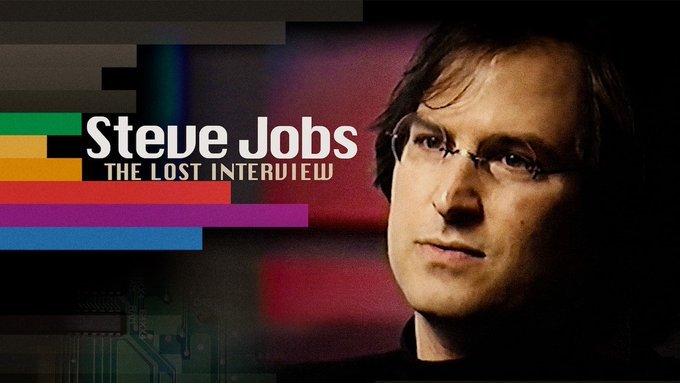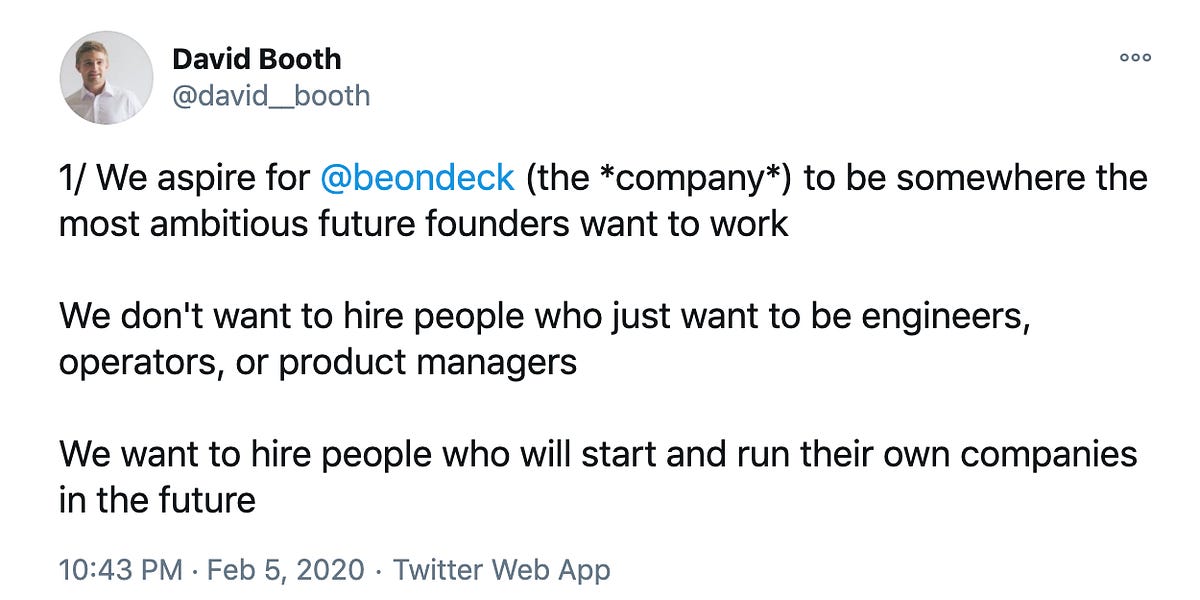My philosophy re startup speed has completely changed over the last few years.
I grew up at Uber, professionally, which held speed as the absolute, ultimate goal.
Now, I still value speed, but hold quality as the binding constraint.
Flo Crivellotwitter.com

